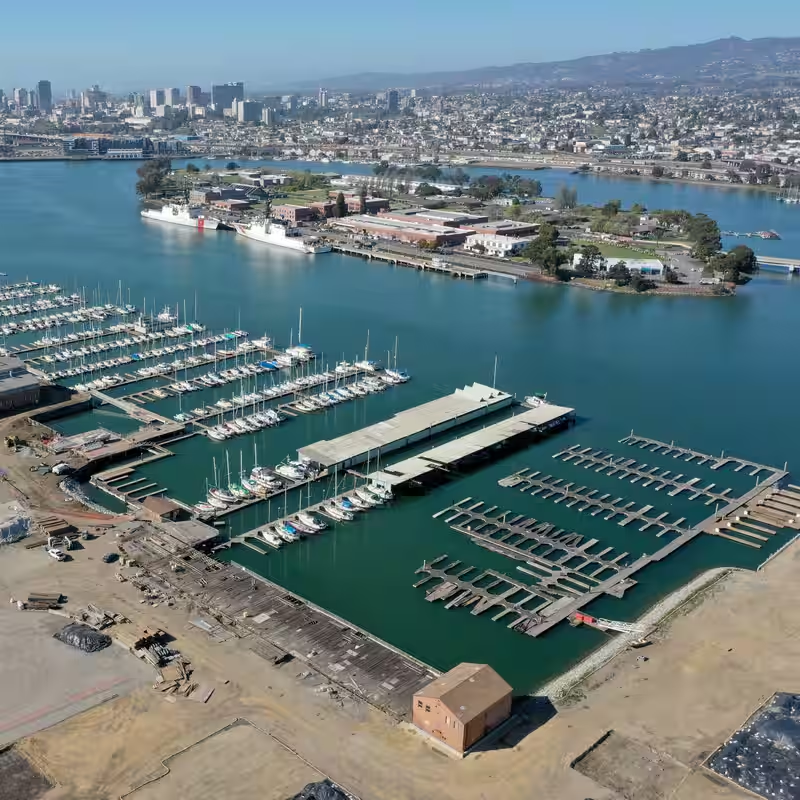Federal immigration authorities are mobilizing for a significant enforcement operation in the San Francisco Bay Area, with U.S. Customs and Border Protection (CBP) agents deploying to a U.S. Coast Guard base in Alameda, California. The move, confirmed by federal sources on October 22, 2025, has sparked concern among local officials, immigrant advocacy groups, and residents across one of the nation’s most progressive regions .
What We Know About the Bay Area Immigration Operation
According to internal Department of Homeland Security communications obtained by The New York Times, dozens of CBP personnel—including officers from the Border Patrol’s Special Response Teams—have been stationed at Coast Guard Island in Alameda. While officials have not disclosed specific targets or timelines, the deployment is described as part of a “targeted enforcement initiative” focused on individuals with final deportation orders or pending criminal charges.
This marks a notable escalation in federal immigration activity in a region long known for its sanctuary policies. San Francisco, Oakland, Berkeley, and other Bay Area cities have laws limiting local cooperation with federal immigration enforcement—a stance that has frequently put them at odds with Washington.
Why Alameda? The Strategic Role of the Coast Guard Base
The choice of the Alameda Coast Guard base is strategic. Located on an island in the Oakland Estuary, the facility offers secure staging grounds, direct water access, and proximity to major transportation hubs—including the Port of Oakland and Oakland International Airport. Federal agents can rapidly deploy by land, sea, or air, making it an ideal command center for coordinated operations across the nine-county Bay Area.
Local Reaction: Outrage and Preparedness
San Francisco Mayor London Breed called the deployment “deeply troubling” and reaffirmed the city’s commitment to its sanctuary status. “We will not assist in rounding up families who are our neighbors, our students, and our coworkers,” she said in a press briefing.
Meanwhile, community organizations like the Immigrant Legal Resource Center and Pueblo Sin Fronteras have activated rapid-response networks, distributing “know your rights” materials and setting up legal aid hotlines. “This isn’t just about enforcement—it’s about fear,” said Maria Lopez, a community organizer in East Oakland. “People are scared to take their kids to school or go to the doctor.”
Key Facts: Bay Area Immigration Enforcement at a Glance
| Detail | Information |
|---|---|
| Federal Agency Leading Operation | U.S. Customs and Border Protection (CBP) |
| Staging Location | U.S. Coast Guard Base, Alameda, CA |
| Reported Focus | Individuals with final removal orders or criminal records |
| Local Sanctuary Policies | Active in SF, Oakland, Berkeley, San Jose, and others |
| Community Response | Legal aid networks activated; city officials denounce operation |
Historical Context: Federal vs. Local Tensions
This latest move echoes past clashes between the federal government and California over immigration. In 2019, ICE raids in the Bay Area prompted massive protests and legal challenges. Now, with a new administration and shifting enforcement priorities, the region finds itself once again on the front lines of the national immigration debate.
Legal experts note that while federal agents have broad authority to conduct immigration enforcement anywhere in the U.S., operations in sanctuary jurisdictions often face logistical and political hurdles—including refusal of local jails to honor ICE detainers.
What Comes Next?
While the exact timing and scope of the Bay Area immigration crackdown remain under wraps, observers expect enforcement actions to begin within days. Advocates urge affected communities to stay informed, avoid opening doors without warrants, and contact legal aid immediately if approached by federal agents.
As tensions rise, one thing is clear: the battle over immigration enforcement is no longer confined to the southern border—it has arrived in America’s urban heartlands.




